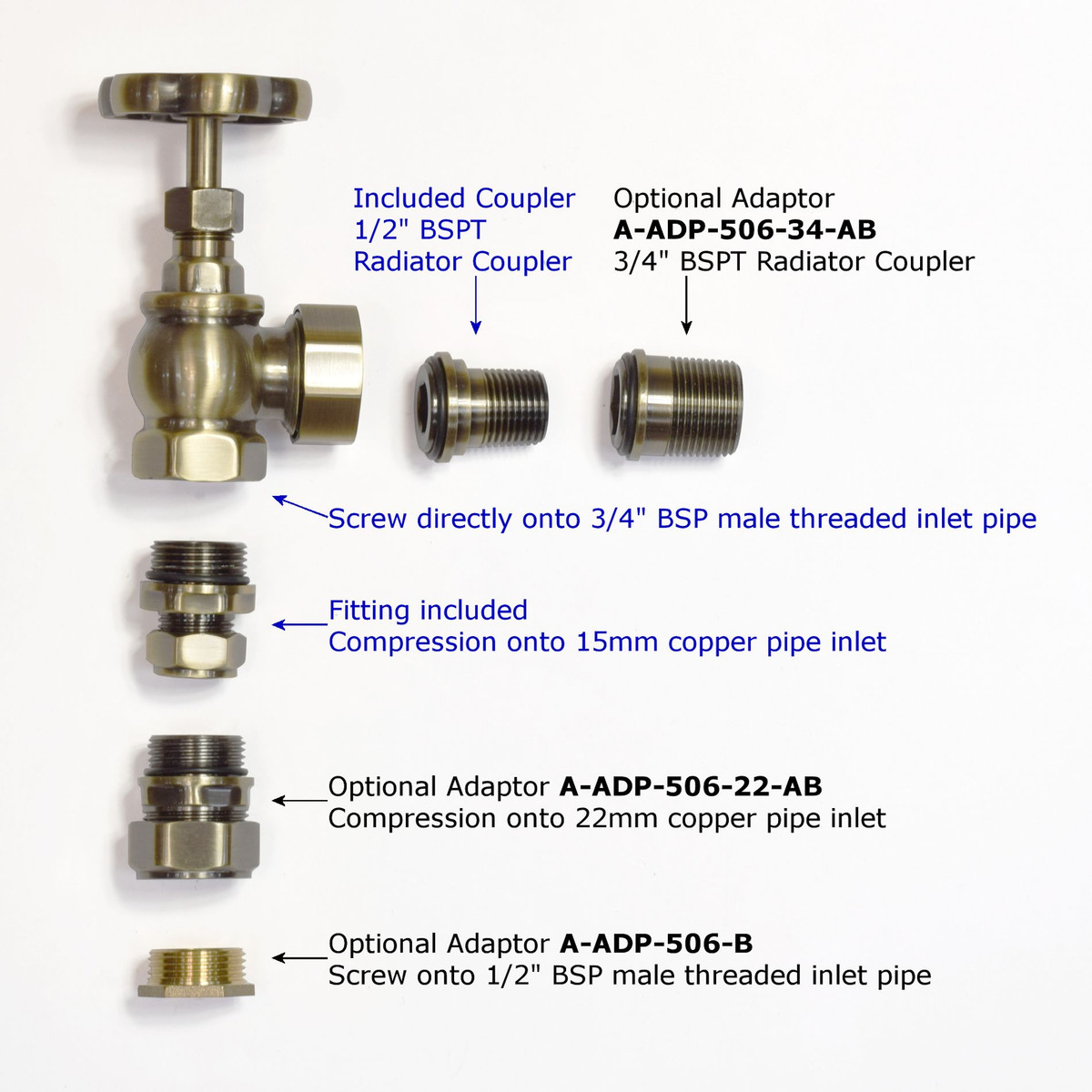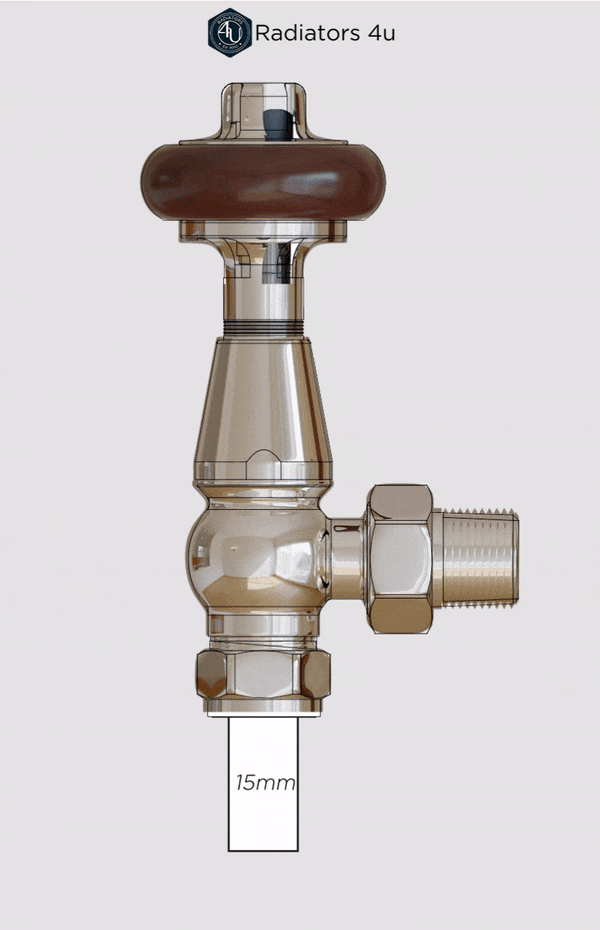
If you’re looking to fit a standard radiator valve to either an 8mm or 10mm microbore pipe, you’re in luck. In this blog, we’ll go over all of the steps you’ll need to take to get the job done right.
We’ll discuss the best tools and
pipe adaptors to use, how to measure and cut the pipes, and all of the fittings you’ll need to make the connection. By the end of this blog, you should have all the information you need to fit your standard radiator valve to an 8mm or 10mm microbore pipe. Let’s get started!
What is 8mm or 10mm microbore pipe and why is it used instead of 15mm pipe?
Microbore plumbing pipe is a type of small-diameter plastic or copper tubing used to supply hot water to radiators from the boiler. Any pipework less than 15mm is considered Microbore. It is typically used in tight spaces where the installation of regular plumbing pipes would be difficult, such as under floors or in walls.
What are “Standard” pipe sizes for radiator valves?

Metric sizes:
In the UK, most modern valves and TRVs come with a ½” tail pipe fitting to attach to the radiator and a 15mm compression fitting to attach to the existing pipework. Some buildings may have a 22mm pipework, in which case there are simple 22mm adaptors available that screw into the base of the valve.
Imperial sizes:
Some older houses may have ½” or ¾” pipework that require a specific
¾” valve or an adaptor. Note the ½” and ¾” pipework requires a threaded pipe rather than a compression valve.
Do I need to buy special valves to fit 8mm or 10mm microbore?
How do you fit a valve with a microbore adaptor?

It is important to note that microbore pipe is much thinner and more delicate than standard pipe. As such, it is important to be extra careful when cutting and fitting the pipe to the radiator valve. You should always wear protective gloves when cutting the pipe, and you should take extra care to make sure that the cuts are as even and clean as possible.
Once the pipe has been cut to size, you will need to ensure that it is correctly aligned with the radiator valve. This is an important step as it will ensure that the pipe fits snugly and securely to the valve.
You should also ensure that the pipe is correctly positioned in the valve before tightening the nut. Once the pipe is correctly aligned with the radiator valve, you can then proceed to assemble the valve.
- Open up the bottom nut on the valve
- Remove the olive
- Replace it with either a 15mm to 8mm microbore adaptor or a 15mm to 10mm microbore adaptor
- Slip the nut over the microbore pipe
- Next slip the adaptor over the smaller pipe
- Seat the valve on the adaptor
- Tighten the nut, this will squash the microbore adaptor, be aware you will hear a pop as the adaptor separates; fusing it to the pipe and creating a watertight seal
- Pressure test your system immediately and continue to monitor the valves for leaks as they reach the desired temperature.